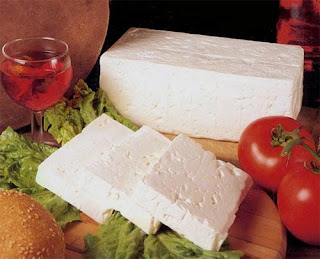A couple of years ago we reviewed Pig's Pearls, a 5-table upscale hamburger hole-in-the-wall at Morelos 1349 . Things have changed. Last year, due to pent-up demand for their product, restaurateur cousins Carlos Barba Martin and Oscar Martin Gutierrez moved into a large storefront two blocks away on the same street (which changes names to General Coronado) just a half block north of Avenida Hidalgo where they can seat 70 people. The menu is deceivingly simple when you first see it, but the food is really amazing.
“We never wanted to be an 'in' place to go. We
just want to serve good quality food,” says Carlos, who after years in the
restaurant and hotel business, decided to join with his cousin to open the
burger emporium.
And quality is what you get. All their meat is cooked over a mesquite wood fired grill.
The ingredients are locally grown for the most part and some organically
produced. The fresh, light buns are hand made from wheat and rye. I tried a
scrumptious lamb burger topped with portobello slices, goat cheese, black
olives, a marmalade of red onions and arugula leaves. Served with a gourmet salad with a
light vinaigrette or hand cut fries, seasoned with salt, pepper and minuscule cilantro seeds.
Side dressings of a curry mustard, a spicy mexican twist on a Moroccan harisa
with a touch of mint and a greek tzatziki yogurt sauce made with fennel, balsamic vinegar and
rosemary were also served.
All the burgers are 160 grams and the meat is
from quality ranches. In fact, they are
working with family on fattening their own cattle with a special diet so that
in about two years, they hope to have enough quality controlled beef on the
hoof for their needs. The menu also has kebabs, and appetizers including a
fried panela cheese with chimichurri made from sun dried tomatoes, a pita bread
pizza and a top notch salad.
It seems eight burgers on the menu (lamb,
double cheese, pesto, chimichurri, maple, pork, portobello, and panela) aren't
enough and they are going to start having a “burger of the month.” Next month
look for the BLT burger served with organic tomatoes and a Bourbon sauce.
Accompanying these delightful meals is a large
selection of Mexican artisanal beers made in San Luis Potosi, Michocan,
Jalisco, Mexico City, and Baja California. They don not stock the more
commercial beers. Some local soft drink favorites not seen in many places are
Boing in many fruit flavors and Tonicol. French pressed coffee and two wine
selections are also available.
The place has a bit of an industrial look to
it, painted black and grey with some exposed brick, an assortment of hard
backed wooden chairs, stuffed office chairs and even metal folding chairs.
Tables are sturdy wooden jobs. The kitchen is open to view behind floor to
ceiling glass a few feet above the dining area. The music is geared toward a
young crowd, but not overly loud. There are no TV screens or live music.
On the way
At their former address at Morelos 1349, the
cousins have recently opened a wine and tapas bar, “Romero” — named after a
theater in Barcelona, with some 30 Mexican vintages and Jalisco cheeses. The
offer bottles to go at a 30 percent discount. Look for more good food.
The
address is General Coronad0 79. Open Monday to Saturday, 1 p.m. To midnight.
Off-street parking is around the block on Avenida Justo Sierra. Credit cards
will be accepted as of January 2014. No reservations necessary. Tel. 3825-5933.
facebook: Pigspearls Resto






























